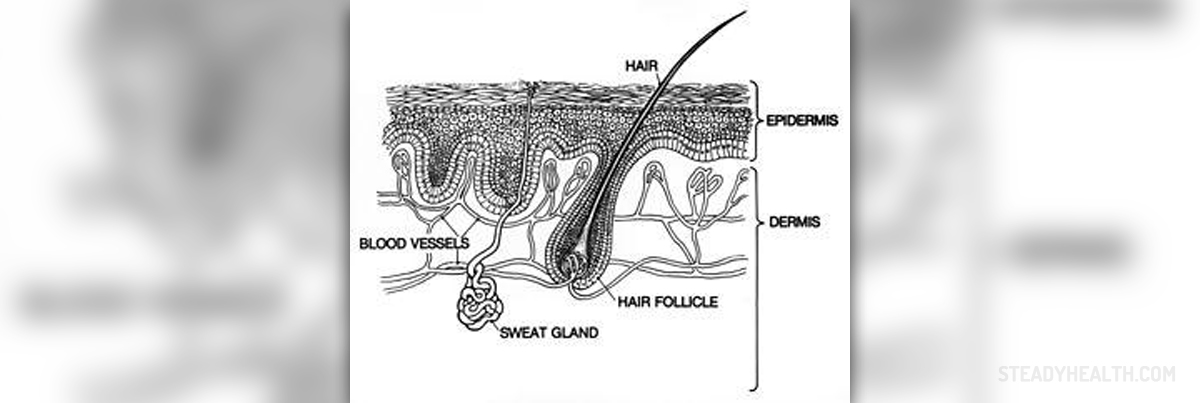
Seborrheic dermatitis is a common form of dermatitis, which is a skin condition. This particular skin condition mainly affects the regions with larger number of sebaceous glands, which secrete sebum. Sebum is an oily substance that lubricates the skin, keeps it moisturized and elastic and protects it. If the glands secrete too much sebum, the skin becomes oily and more prone to problems such as acne and seborrheic dermatitis.
Symptoms of seborrheic dermatitis
The regions that are most commonly affected by seborrheic dermatitis are scalp, face, chest, back, shoulders and skin folds. The symptoms of this skin condition include inflammation with redness and swelling, itching, scaly and flaky skin and extreme dryness. When on scalp, seborrheic dermatitis is mainly characterized by dandruff. In fact, dandruff is the most common form of seborrheic dermatitis and many times when people talk of seborrheic dermatitis they actually mean dandruff.
Even though it tends to reoccur, seborrheic dermatitis can be efficiently managed through self-care, home remedies, over-the-counter or prescription medication.
Seborrheic dermatitis is not contagious and it rarely involves complications. It is also important to realize that this skin condition is not a sign of poor personal hygiene.
Treatment for seborrheic dermatitis
The treatment may vary from person to person, depending on the skin type and the severity of the problem, but the main elements in treatment are lotions, ointments and shampoos that are applied to the regions affected by dermatitis.
Products for seborrheic dermatitis are based on one or more active ingredients. Some of them contain anti-fungal agents, such as ketoconazole, Ciclopirox and terbinafine. Terbinafine is meant for oral intake while the other two agents are mainly found in OTC or prescription-strength shampoos and lotions.
Corticosteroids are also commonly prescribed and their main purpose is to reduce the inflammation and thus the unpleasant symptoms of seborrheic dermatitis, such as itching, redness and irritation. Hydrocortisone is a corticosteroid drug that is available without prescription in 1% strength and can be used for parts of the body other than the scalp. Stronger concentrations are available upon prescription. Desonide and bbbetamethasone are prescription-only corticosteroids. Stronger corticosteroids can only be used for a short while, due to certain side-effects they may produce.
Another option in treatment of seborrheic dermatitis includes calcineurin inhibitors, such as tacrolimus and pimecrolimus.
These are the main active ingredients in shampoos, lotions and ointments for seborrheic dermatitis. Additional ingredients include selenium sulfide, zinc, coal tar and salicylic acid.




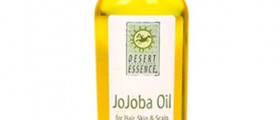

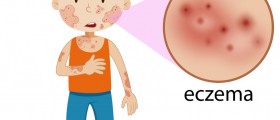
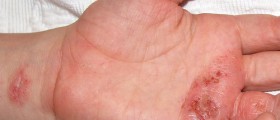


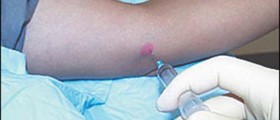
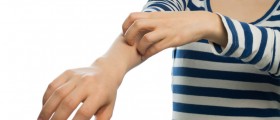


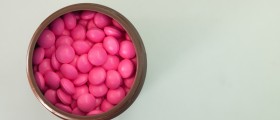
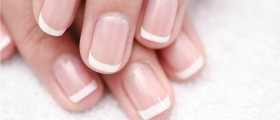
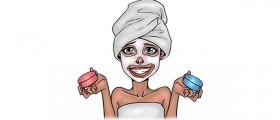
Your thoughts on this
Loading...